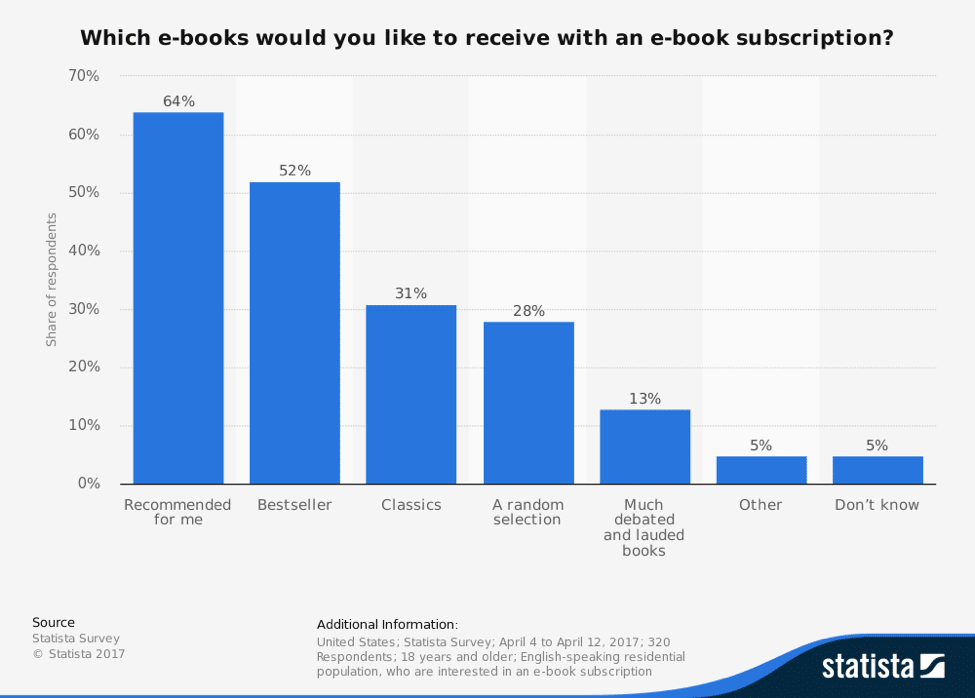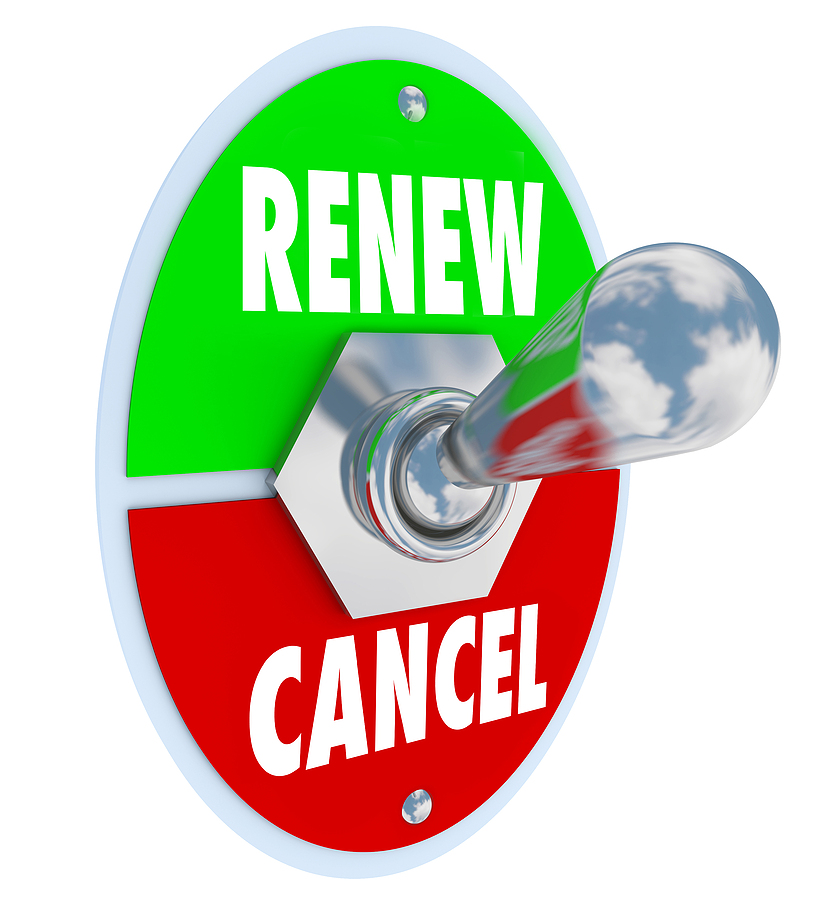
The Changing Face Of E-Book Publishing And Subscription Services
Source: Bigstock
During the heady days of the late Oughties, e-book devices were all the rage. In 2009, a high-water year for e-book passion, Slate editor Jacob Weisberg wrote, "printed books, the most important artifacts of human civilization, are going to join newspapers and magazines on the road to obsolescence." In the UK's Telegraph, Andrew Keen wrote, "The iPhone, the Palm Pre and every other smartphone is also a de facto e-book able to store hundreds of texts. The end, therefore, is nig...
HELLO!
This premium article is exclusively reserved for Subscription Insider PRO members.
Want access to premium member-only content like this article? Plus, conference discounts and other benefits? We deliver the information you need, for improved decision-making, skills, and subscription business profitability. Check out these membership options!
Learn more about Subscription Insider PRO memberships!
Already a Subscription Insider PRO Member?
Please Log-In Here!








